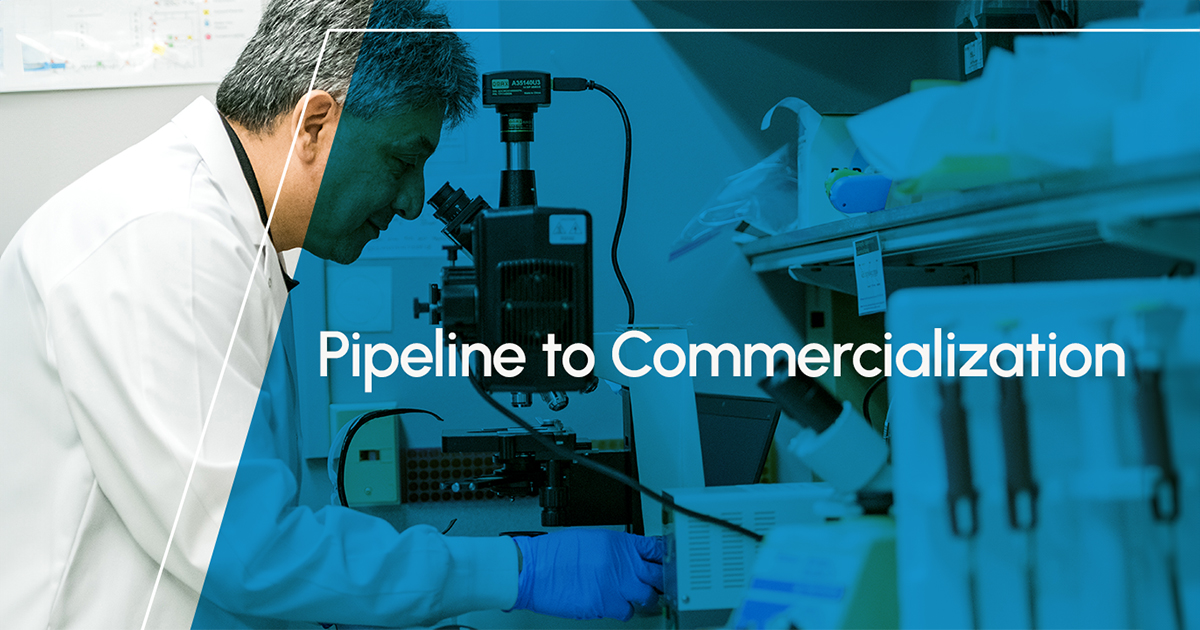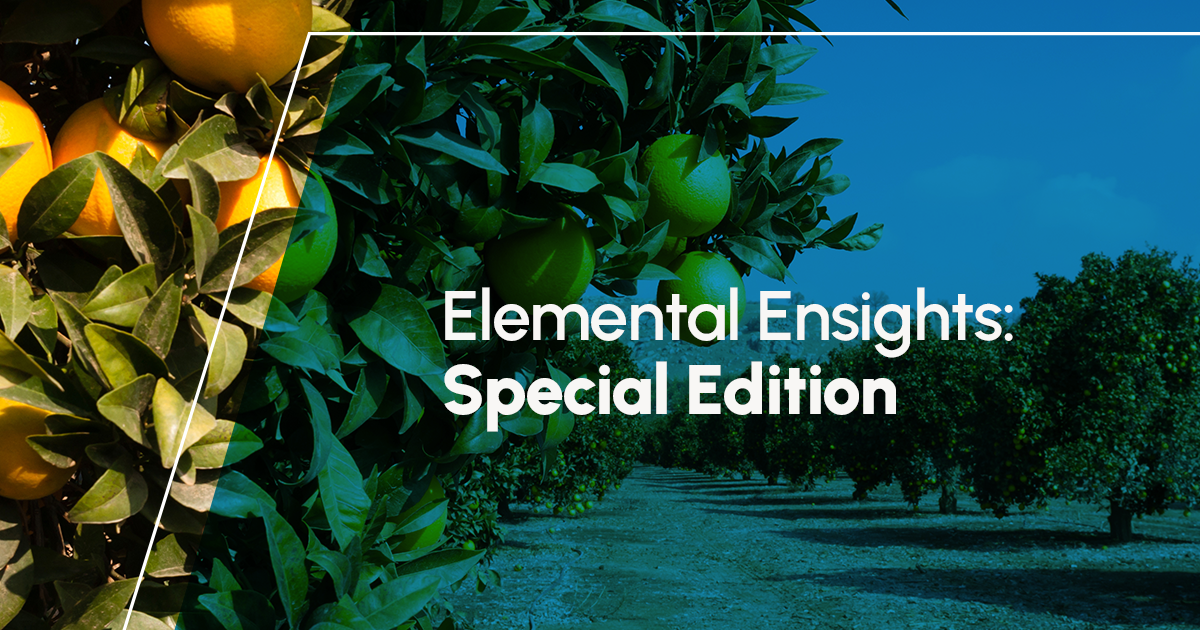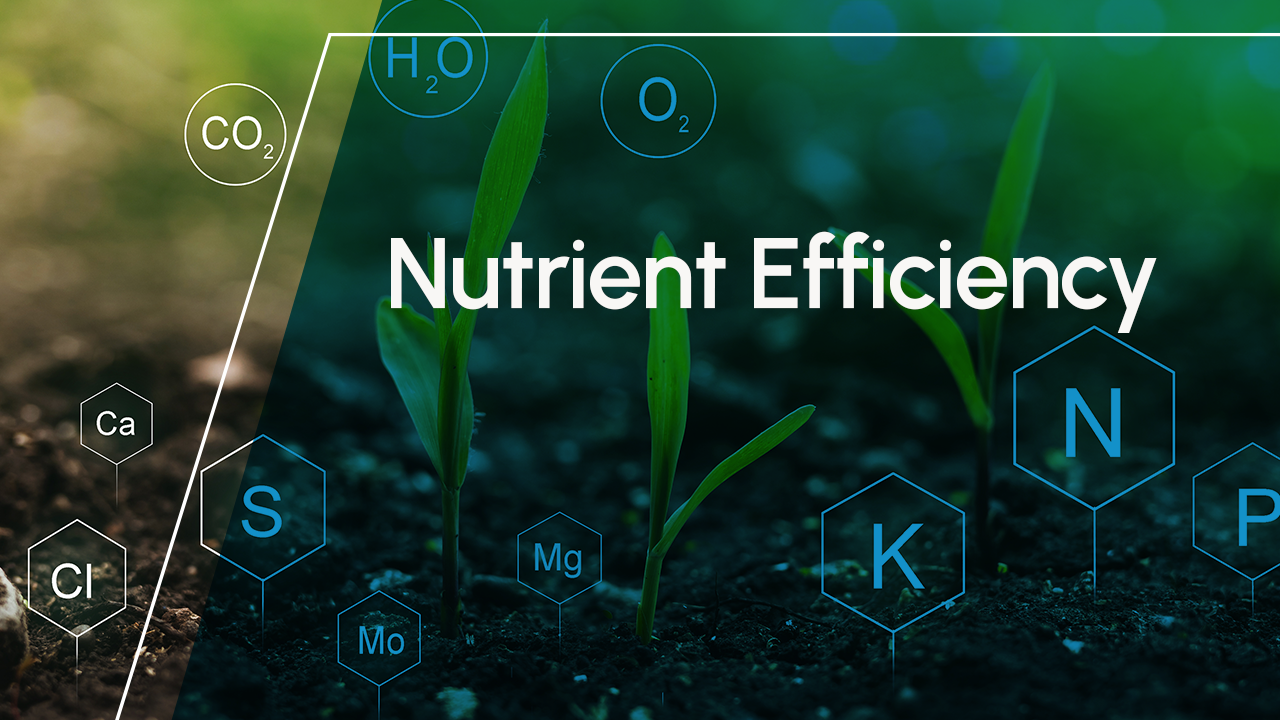
Breaking the Lego house of nutrient inefficiency
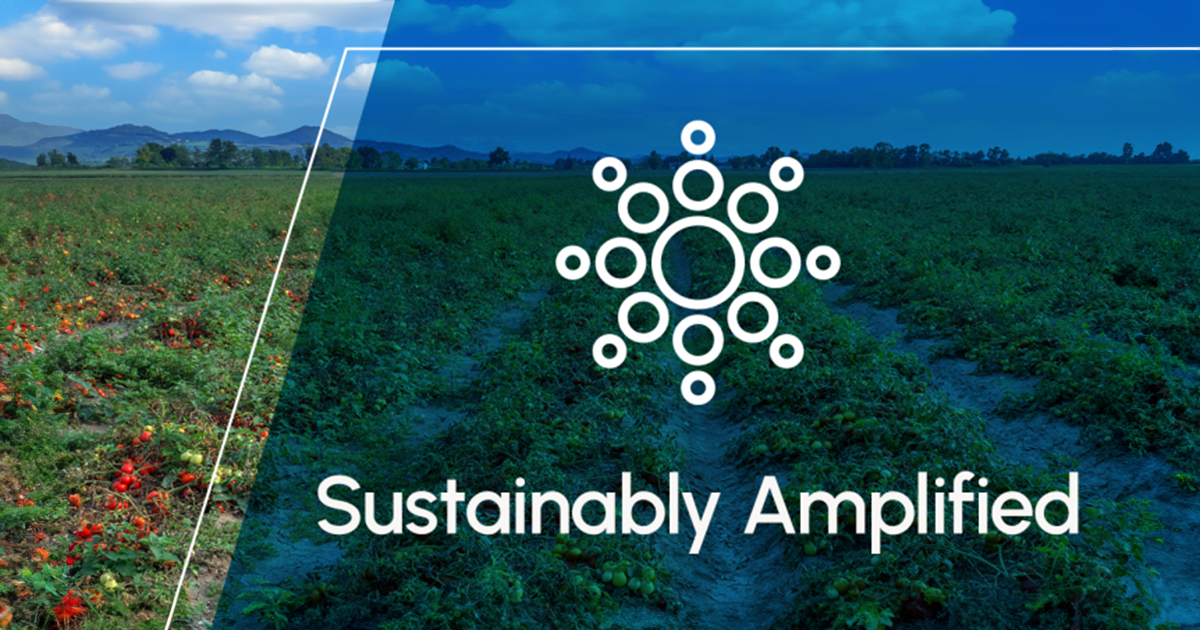
Orchards to Almonds, Sustainably Amplified Science for the Win
Driving research and development at Elemental Enzymes is the team’s desire to help farmers “create more space” between the times they need to apply necessary inputs such as fertilizer and pesticides to their fields, by making this process easier and allowing those chemicals to work more efficiently.
“‘Easy to use’ is something that often gets bypassed in development,” said Elemental’s Director of Global Technical Development, Bret Gygi, “and easy-to-use and efficacious don’t always go hand-in-hand.”
But at Elemental Enzymes, where having a more integrated, interdisciplinary staff than a lot of larger crop-input firms means its divisions can collaborate and field-test earlier than is typical in the development phase of many companies’ R&D pipelines, easy and efficacious drive every product evaluation.
Gygi noted most crop-input developers and manufacturers keep their laboratory and field work on separate tracks, researching potential new products first in one environment and then the other, and communicating data in this order. Elemental has adopted a more blended approach, which means it may begin field trials on a technology as early as Phase One while there are still concurrent lab tests running.
“That might be a little bit unique,” he explained. “Because we have a staff with deep cross-functional knowledge in most cases, we have collaborations in different development phases that most companies don’t. We work to develop cross-functionality, lab techs don’t just learn about what happens in the field through a report — they often go out into the field too, to observe or even help take assessments.”
With a combined background in horticulture and microbiology, Gygi was attracted to Elemental long before he hired on because of how it is developing novel platforms for microbial expression — and how its experts work hard to extract the best compounds microbes can lend to crop protection. He previously worked for companies trying to develop a single “silver bullet” for all acres and practices, but after a while felt he was spinning on the proverbial hamster wheel.
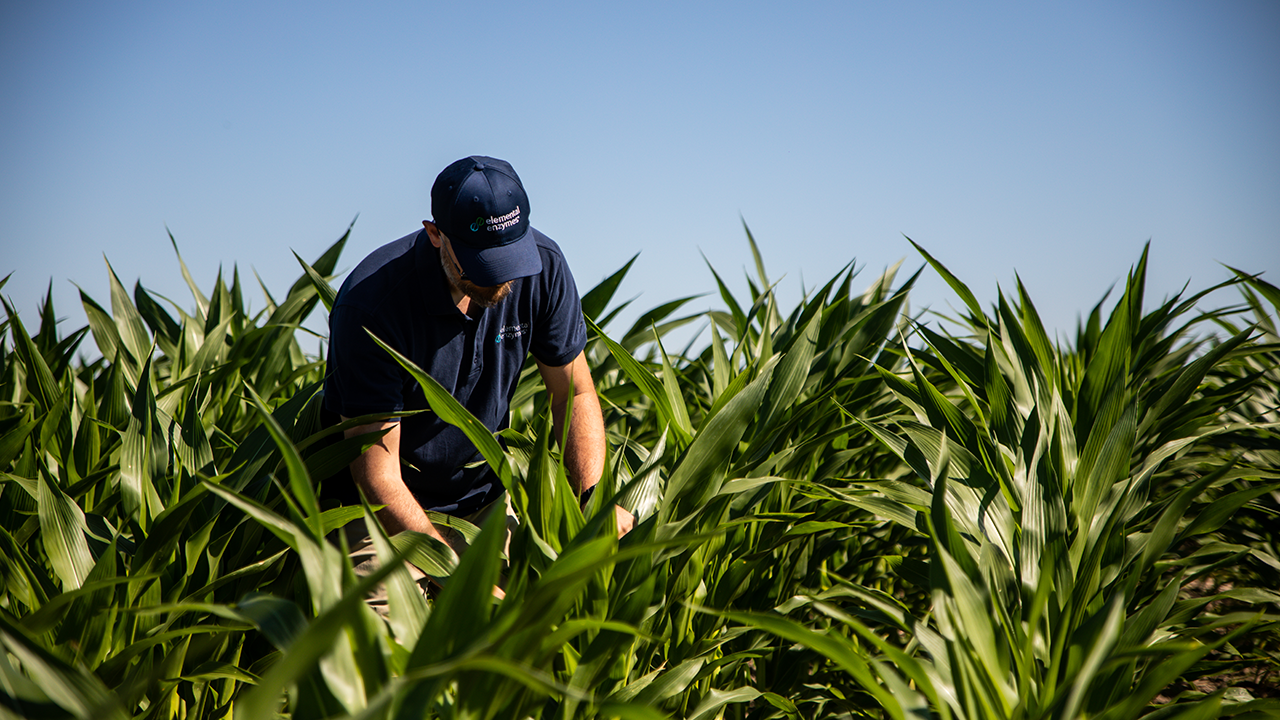
“I don’t personally believe we’re ever going to find that silver bullet microbe, and I didn’t want to spend the next 20 years of my life continuing to look for it,” Gygi said. “Elemental is doing things differently; we are looking for ways to produce, refine, stabilize and apply the naturally occurring benefits those microbes produce.”
Manufacturing microbial formulations is challenging for a number of reasons, but more when trying to use the microbe itself. Essentially, the researcher is trying to stabilize and preserve a living organism for packaging in a sealed container with no oxygenation and limited food source — and then there’s the durability issues. Will the microbe mix well in a tank of fungicide? Will it tolerate high salt indices in a tank of fertilizer? Can it handle desiccation on the seed?
“By being able to extract the metabolites from the microbe, we can bypass many of those challenges and get to a more straightforward product, where you don’t need multiple containers of different products that are difficult and time-consuming to premix,” Gygi explained. “This makes it easier for an applicator or grower to use at the point of application or in the field.”
For a company like Elemental, we start with this question: How can we help a farmer achieve their desired yield and crop quality through a new or altered input?
One R&D opportunity for Elemental is continuing to enhance plants’ nutrient-use efficiency through blended inputs. Consider the example of a farmer who plants under a land lease and must make management decisions in concert with a landowner or other ownership group. The non-farmer partner(s) might tell that grower, “We don’t want you to apply the same high rate or type of fertilizer you have in the past.” Or, consider the European Union, which is enacting greater restrictions on fertility applications. Around the globe, producers are under pressure to maintain or boost yield under increased regulatory hurdles, without newly-banned pesticides and added limitations on chemicals they had relied upon.
“By and large, growers are asking for the new tool to replace the old one that just got taken away from them,” Gygi said. “Our work hopefully helps growers to be able to apply something that has a softer footprint on the environment, and allows them to create more space between when they have to use harsher chemistries. I think we’ve got opportunities there to play a role and help address these challenges. Products like ours can also help a grower preserve those tools for when they really need them, by stretching out the window between applications.”
Research and investment into naturally occurring peptides, enzymes and biochemistries is helping to harness the very power of nature and support growers with sustainable solutions. Elemental continues to invest in products that deliver value to both their commercial partners and the ultimate grower alike.
“Our enzymes are delivering great grower return on investment (ROI) today, facilitating greater plant access to nutrients in the soil, and our R&D team continues to deliver novel actives to our pipeline,” he added. “We are working really hard to be easy to work with — for growers in the field and partners with our products, both.”

